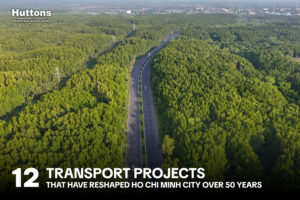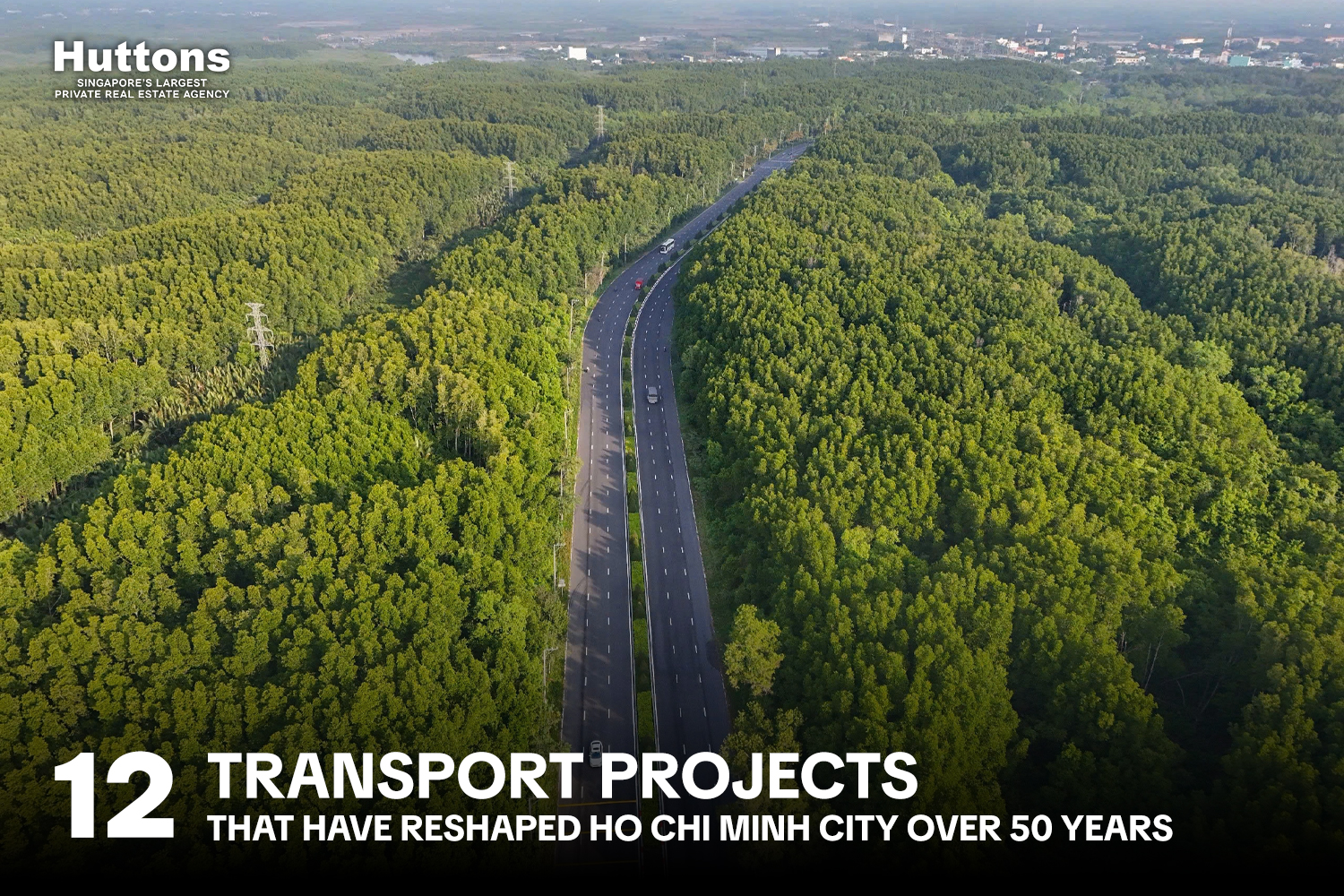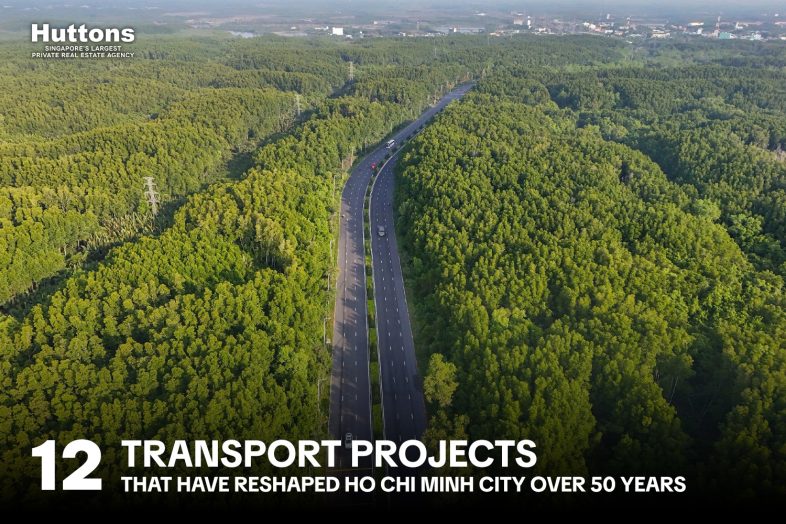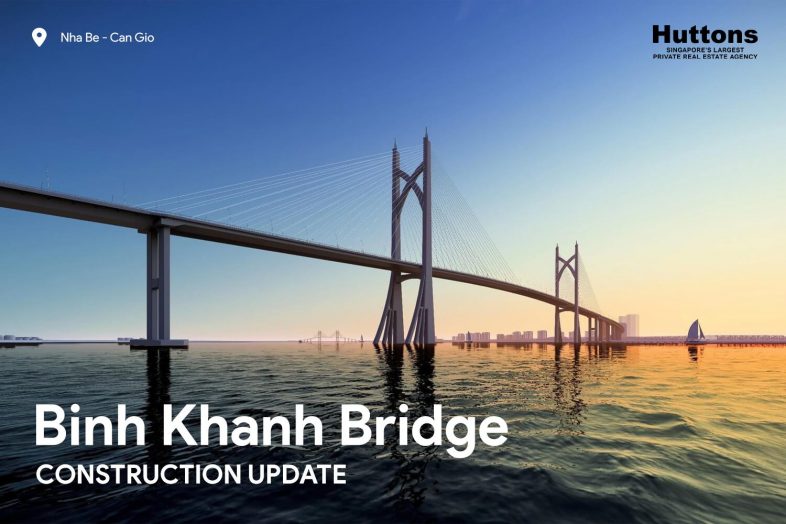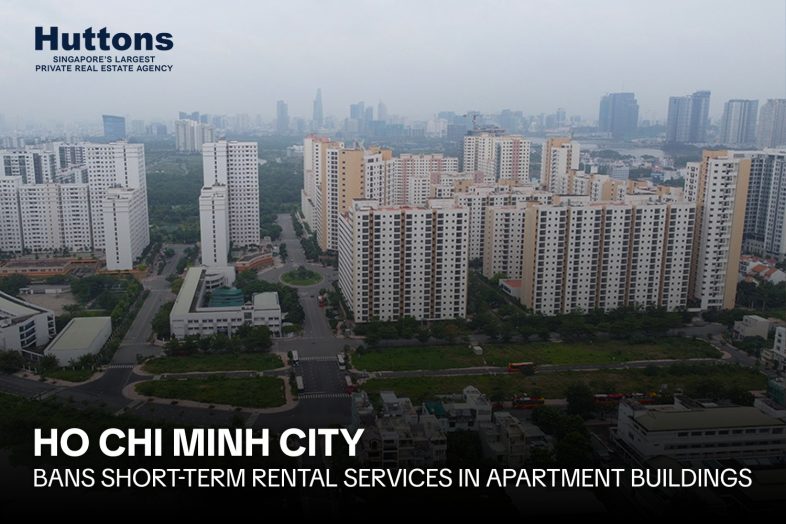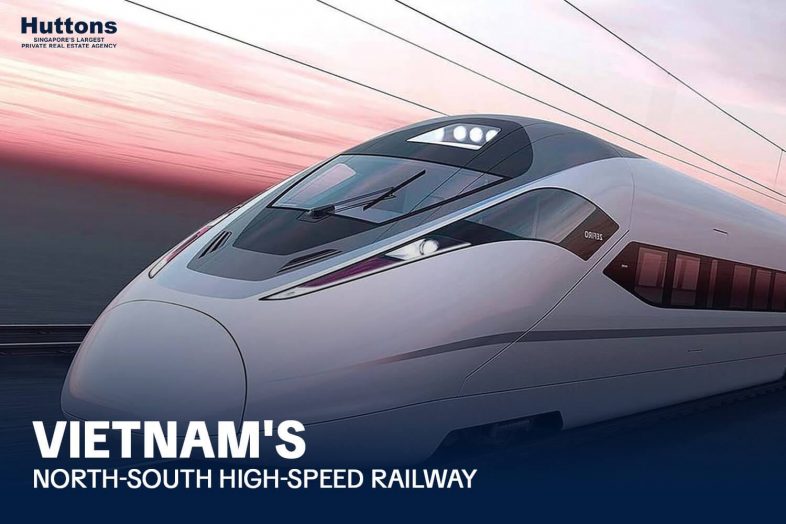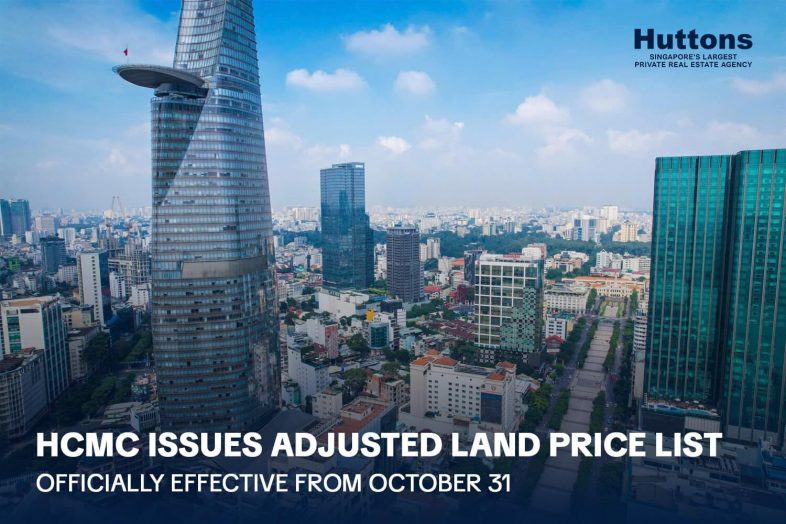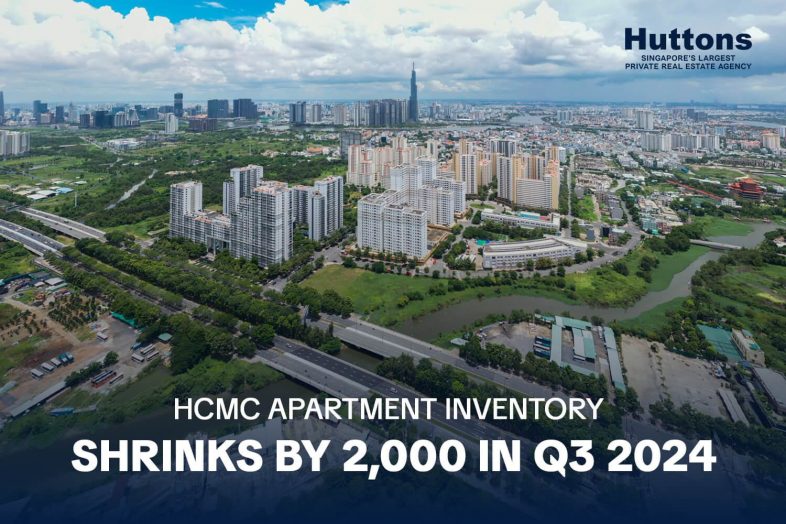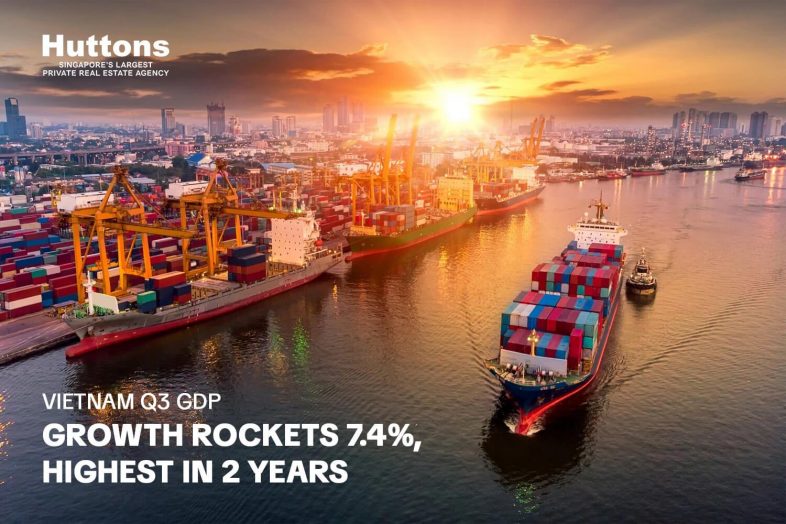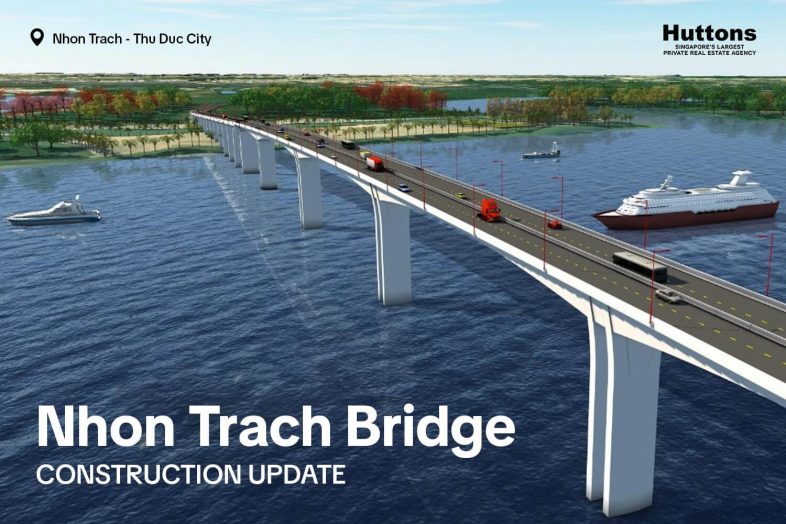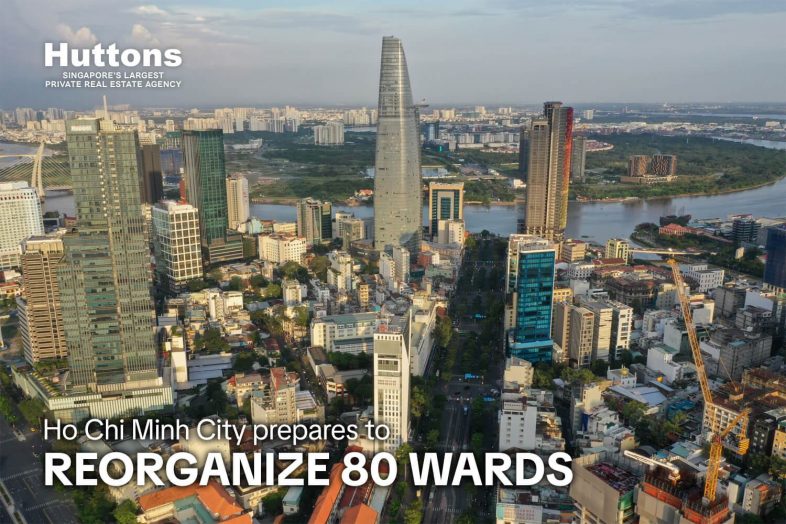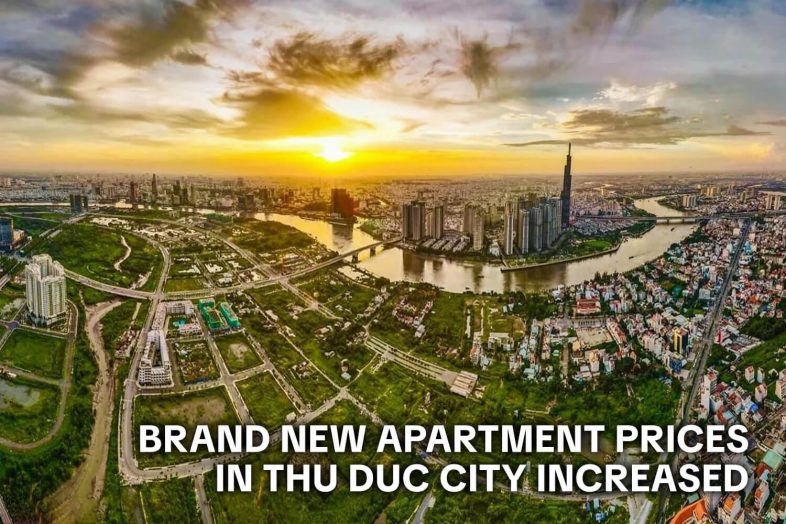Binh Khanh Bridge is located on the Ben Luc - Long Thanh Expressway, a cable-stayed road bridge crossing the Soai Rap River with a length of 2.764 km, a clearance height of 55 m, and a scale of up to 6 lanes. Binh Khanh Bridge is the largest bridge on the entire route, with a total investment of more than 2,800 billion VND.
Binh Khanh Bridge (or J1 package) starts at the intersection of Road 15B and Road No. 2 (Phu Xuan Urban Area, Nha Be). The end point connects to Rung Sac Road at a point about 1.8 km south of Binh Khanh ferry terminal (Binh Khanh commune, Can Gio district).
Along with Binh Khanh Bridge, Phuoc Khanh Bridge is also a bridge in the Ben Luc – Long Thanh Expressway project, part of the North – South Expressway in the East. Phuoc Khanh Bridge crosses the Long Tau River, connecting Can Gio District, Ho Chi Minh City with Nhon Trach District, Dong Nai Province.
Binh Khanh Bridge began construction in August 2015 with a total investment of more than VND 2,800 billion, but was temporarily suspended in December 2018 after reaching 70% of the construction progress due to the contractor's announcement of problems with the allocation of construction capital.
At the end of October 2023, Binh Khanh Bridge resumed construction. As of the article's update date in March 2025 (2 years after the re-construction), Binh Khanh Bridge has reached 92% of construction progress.
Detailed Information of Binh Khanh Bridge
| Detail | Description |
|---|---|
| Name | Binh Khanh Bridge |
| Developer | Japan International Cooperation Agency - JICA |
| Constructor | Sumiitomo – Cienco4 |
| Construction start date | August 2015 |
| Expected completion | September 2025 |
| Status | Under construction |
| Construction status | 92% (as of March 2025) |
| Type | Cable-stayed road bridge |
| Total length | 2,763.5 m |
| Starting point | Intersection of Road 15B and Road No. 2 (Phu Xuan Urban Area, Nha Be) |
| Ending point | Rung Sac Road, approximately 1.8 km south of Binh Khanh Ferry Terminal (Binh Khanh Commune, Can Gio District) |
| Lanes | 6 lanes (4 lanes for motor vehicles, 2 mixed lanes) |
| Main span length | 375m |
| Span diagram | 187.25 + 375 + 187.25 m = 749.5 m |
| Overpass on Nguyen Van Tao street | 60 + 2 × 100 + 60 = 320 m |
| East bridge | 56 + 11 × 70 + 56 = 882 m |
| West bridge | 56 + 10 × 70 + 56 = 812 m |
| Bridge cross section | 21,75 m |
| Bridge pier height | 155 m |
| Vertical clearance | 55 m |
| Allowed speed | 60km/h |
In terms of architecture, the bridge is designed as a cable-stayed structure with a single tower, depicting the image of a mangrove tree - a characteristic species of the mangrove forest in Can Gio. The bridge utilizes wave-shaped railings, and the lighting columns create an effect reminiscent of the mangrove forest. Additionally, artistic lighting design is incorporated into the bridge.
The Binh Khanh Bridge is an iconic transportation infrastructure contributing to the beauty of the city, harmonizing with the landscape of the Soai Rap River, adjacent structures, and urban planning on both sides of the river.
The investor information for the Binh Khanh Bridge project - JICA
JICA is stand for Cơ quan Hợp tác Quốc tế Nhật Bản (The Japan International Cooperation Agency) - the sole agency implementing Japan's Official Development Assistance (ODA), JICA operates through three forms of cooperation: Technical Cooperation, Financial Cooperation, and Grant Aid. With the goal of contributing to the socio-economic development of developing countries and enhancing Japan's international cooperation, JICA aims to achieve this goal by sharing Japan's knowledge and experience with developing nations.
JICA's priority cooperation areas in Vietnam include promoting growth and enhancing international competitiveness, improving living conditions and narrowing development gaps, and environmental protection.
JICA has supported many key transport projects in Vietnam, notably the urban railway line - Metro Line No. 1 Ben Thanh - Suoi Tien, which has been completed and put into operation in December 2024.
The current status and progress of the construction of Binh Khanh Bridge
After more than two years of restart (since October 2023), the Binh Khanh Bridge continues to be accelerated by the contractor, the project has reached 92% progress. Information from the contractor said that Binh Khanh Bridge will be completed before September 2025.
Images of the current status and detailed progress of Binh Khanh bridge
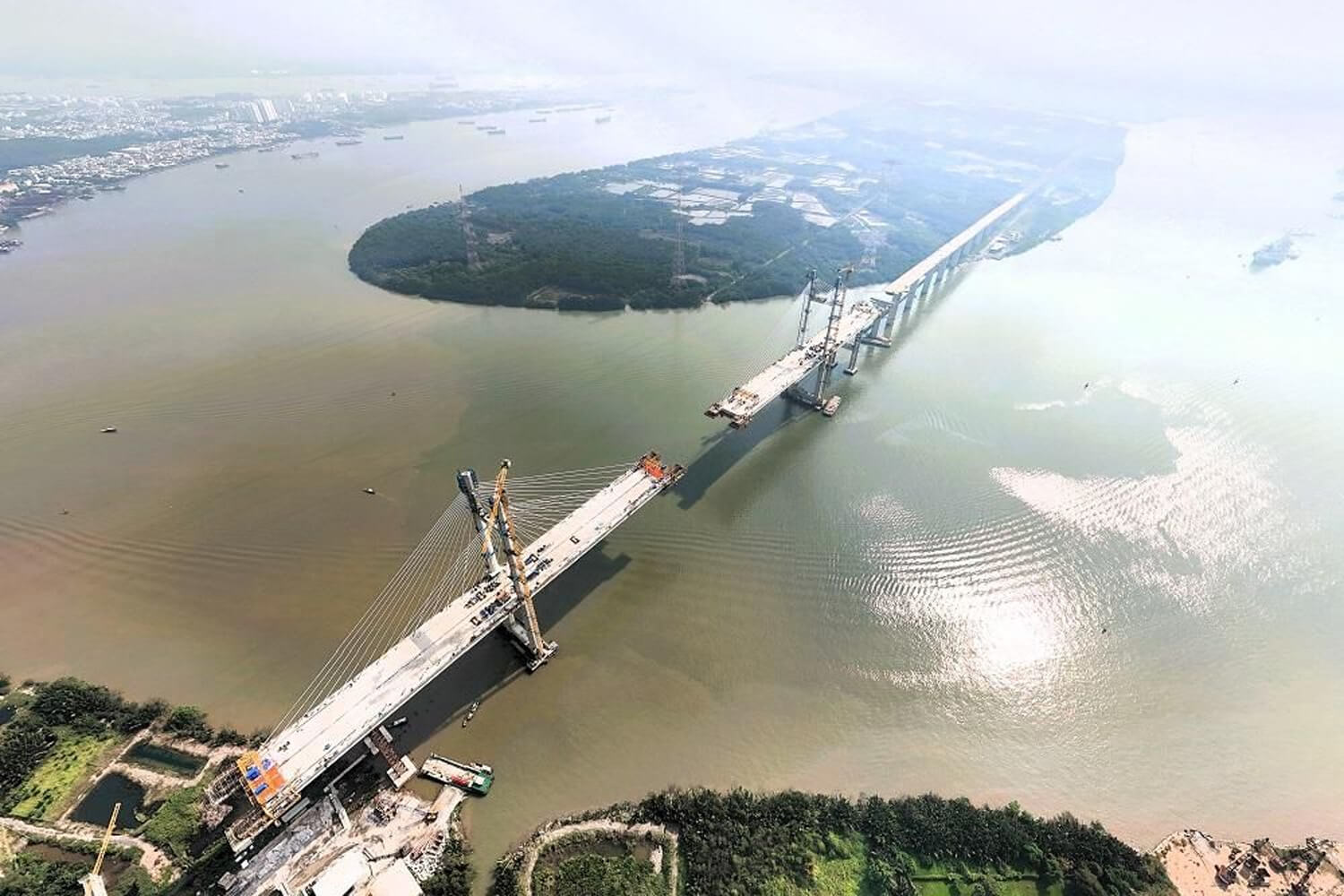
A representative of the Southern Expressway Management Board (under the Vietnam Expressway Corporation) said, “Workers are focusing on casting cantilevers and installing stay cables. To date, the project has completed 15/18 bridge castings.”
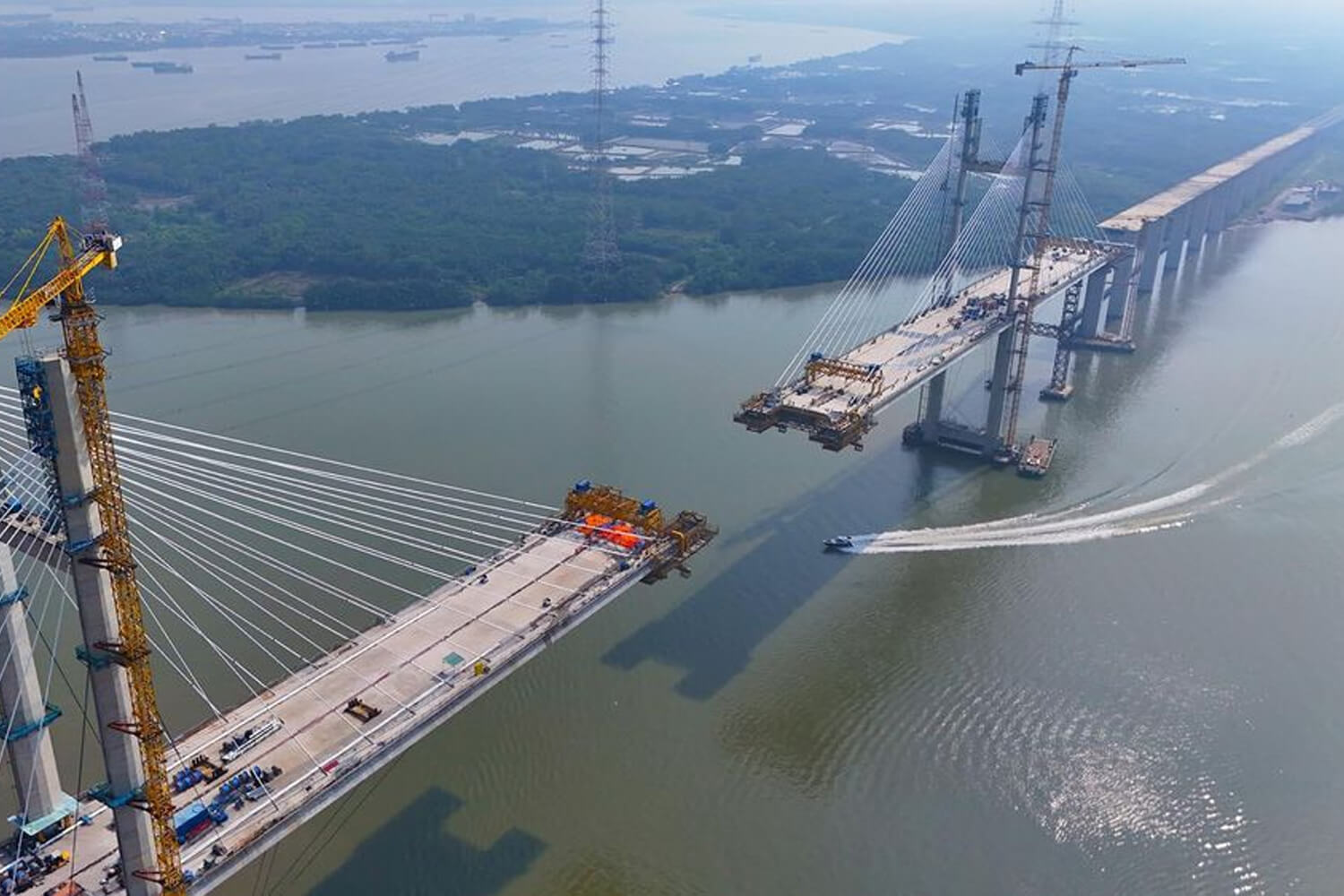
The section of road leading to Binh Khanh Bridge on the Nha Be side connecting to Long An has been essentially completed.
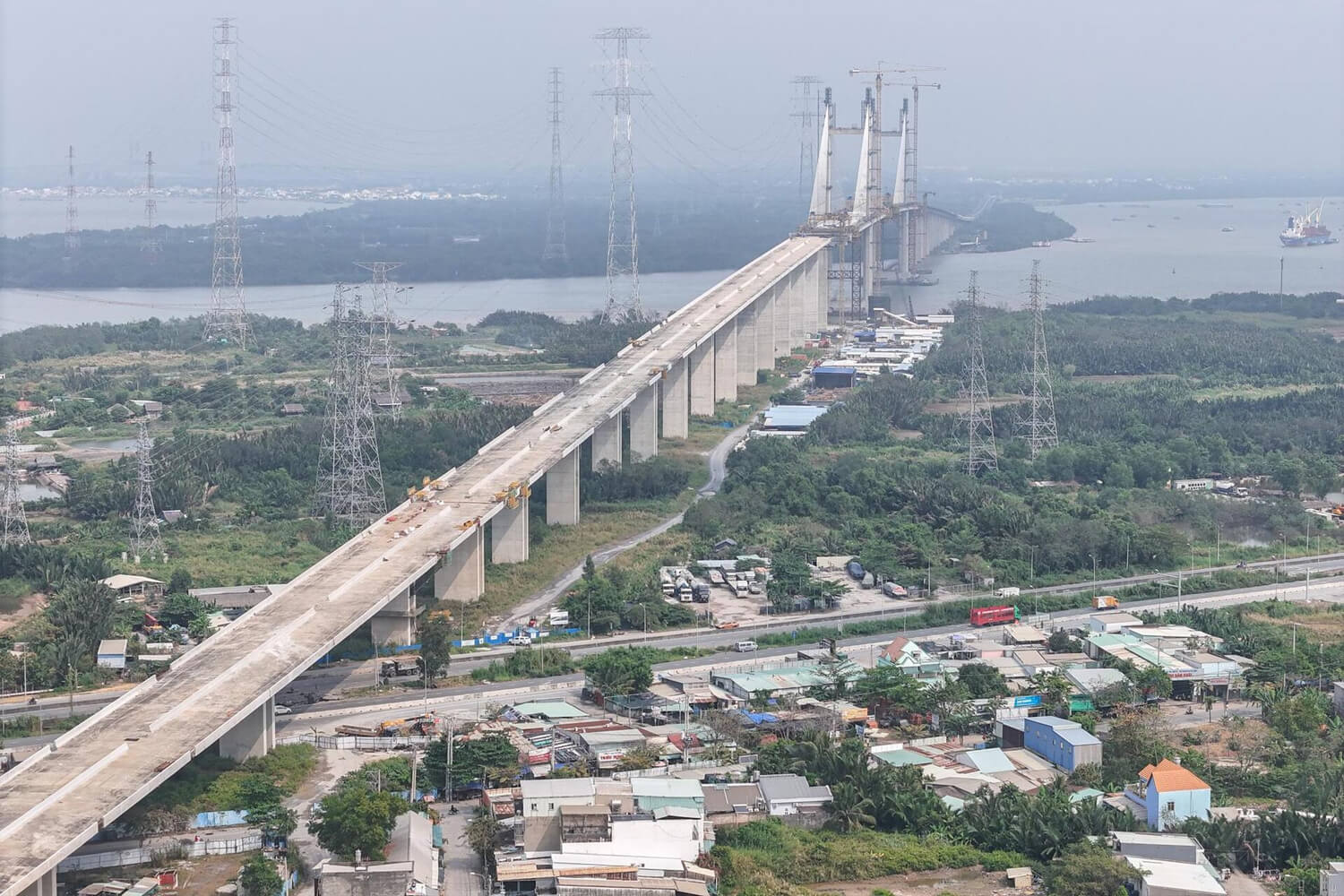
The section of road leading to Binh Khanh Bridge on the Can Gio side connecting to Phuoc Khanh Bridge towards Nhon Trach (Dong Nai) has also been essentially completed.
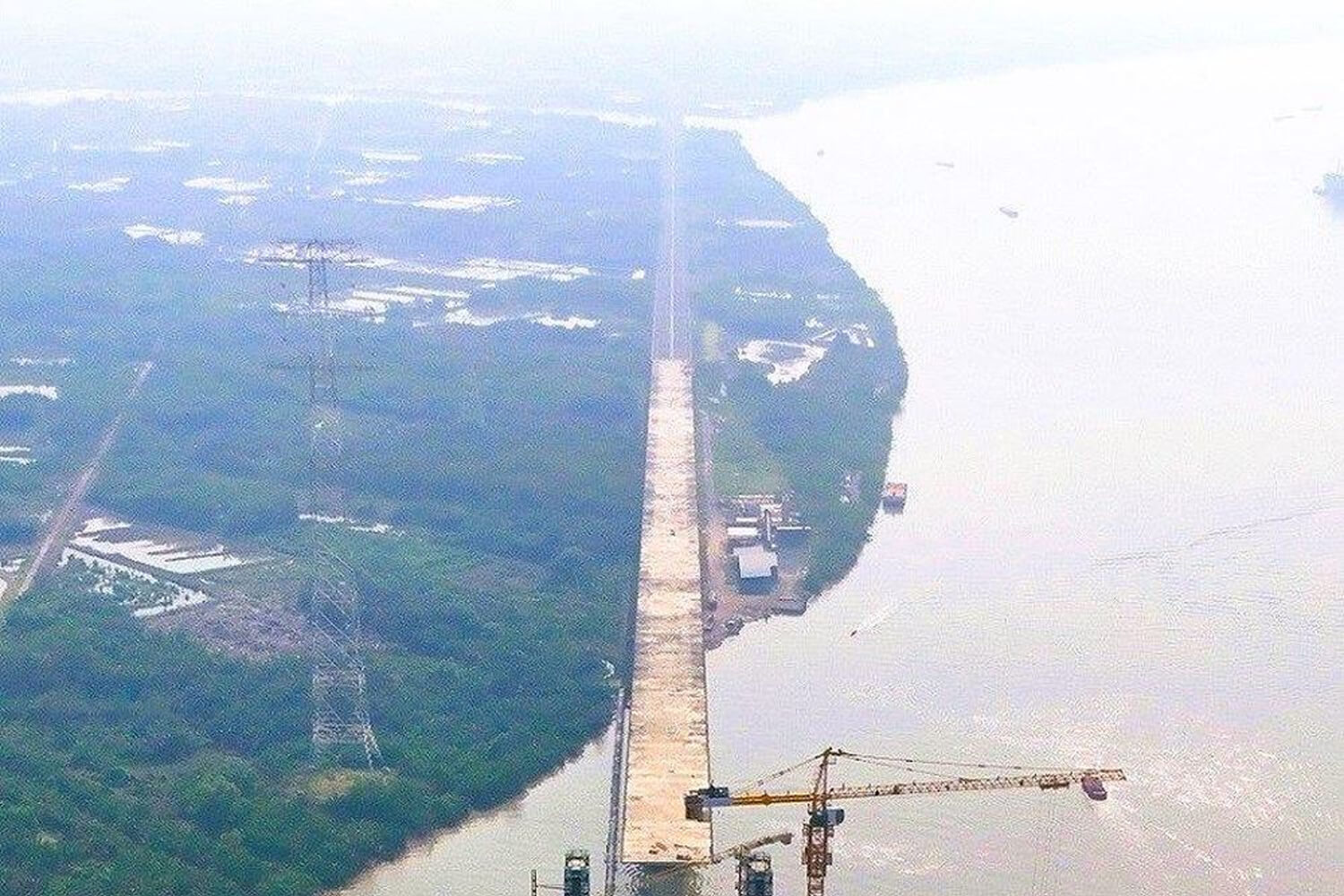
In addition, package J3 is Phuoc Khanh bridge across Long Tau river connecting Can Gio district (HCMC) and Nhon Trach district (Dong Nai province) with a total length of 3.1km, clearance of 55m.
More information about Phuoc Khanh bridge
The Phuoc Khanh Bridge bid package was previously implemented by the joint venture Sumitomo Mitsui (Japan) - Cienco 4 (Vietnam). Due to difficulties in policy mechanisms, the Phuoc Khanh Bridge bid package as well as other bid packages of the Ben Luc - Long Thanh Expressway have been stalled for a long time. By 2022, the investor announced the termination of the contract with the contractor of this bid package.
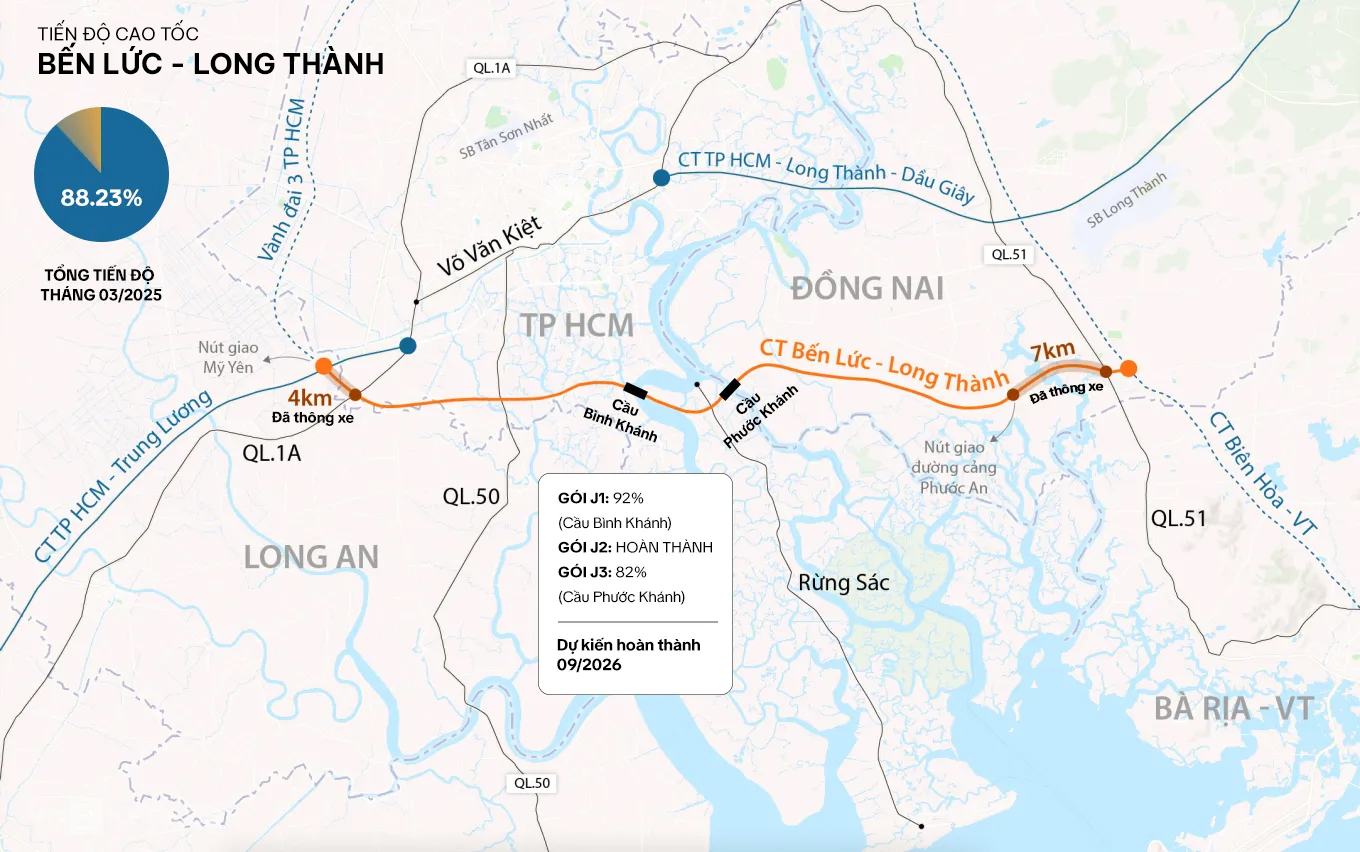
On December 3, 2023, the Department of Transport of Ho Chi Minh City said that the Can Gio bridge project, package J3, will be submitted by the Ho Chi Minh City People's Committee to the Ho Chi Minh City People's Council for approval of the investment policy at the 13th session of the 10th City People's Council.
After the obstacles were removed, the investor of Ben Luc - Long Thanh Expressway conducted bidding to select a new contractor to continue the construction of the packages whose contracts had been terminated. According to the Prime Minister's decision approving the adjustment of the project investment policy in July 2023, the deadline for implementation and putting into operation of Ben Luc - Long Thanh Expressway is before September 2026.
Phuoc Khanh Bridge has only completed 82% of its construction volume, making the Ben Luc - Long Thanh expressway unable to operate.
Once completed, Binh Khanh Bridge and Phuoc Khanh Bridge will surpass Phu My Bridge (connecting Thu Duc City and District 7) to become the largest cable-stayed bridges in Ho Chi Minh City.
According to information from the Ministry of Transport, the Ben Luc – Long Thanh Expressway project has a total length of 57.8 km, passing through the following provinces and cities: Long An (2.7 km), Ho Chi Minh City (26.4 km) and Dong Nai (28.7 km). The project is scheduled to be completed before the third quarter of 2026.
The total updated investment for the project is 29,586.9 billion VND. The project utilizes four sources of funding, including 8,065.7 billion VND from ADB loans, 10,101.3 billion VND from JICA loans, 3,872.4 billion VND from counterpart funds from the state budget, and 7,547.6 billion VND from the investor's self-arranged funds.
The master plan for the Can Gio bridge project
How does Binh Khanh Bridge affect neighboring areas?
Binh Khanh Bridge and the Ben Luc - Long Thanh expressway in general will play a crucial role in the transportation infrastructure of both Ho Chi Minh City and the southwestern provinces. It not only enhances connectivity between areas but also serves as a significant driver in boosting economic trade between the strongly developing regions.
Completing the Binh Khanh Bridge to replace the Binh Khanh ferry route directly connects Nha Be district to Can Gio district. This makes travel from Nha Be to Can Gio extremely convenient in terms of both time and load capacity. It creates a seamless transportation route from the southern provinces to Ho Chi Minh City, contributing to the exploitation and promotion of the locality's potential and advantages, facilitating convenient and efficient transportation development.
Besides promoting tourism in the region, through the Sac Forest route, it is easy to travel to Vung Tau with the Can Gio - Vung Tau ferry. Positively impacting tourism activities, attracting investment and developing the economy - culture - society of Nha Be district, Can Gio district in particular and Ho Chi Minh City in general.
In particular, the Can Gio bridge project, along with other infrastructure developments in the southern Saigon area such as the Nguyen Van Linh - Nguyen Huu Tho tunnel, the expansion of National Highway 50, Phuoc Long Bridge, Rach Dia Bridge, etc., is expected to breathe new life into the real estate market in this area once completed.
Located in a prime position right on the main thoroughfare Nguyen Huu Tho, the Celesta City urban area with its subdivisions including Celesta Rise, Celesta Heights, Celesta Avenue, etc., developed by Keppel Land, has attracted a significant number of customers and investors' attention recently.
Evidence for this is in phase 1 of the Celesta City urban area, the Celesta Rise subdivision, which has sold out 100% of its inventory. In phase 2, Celesta Heights also achieved success by selling out on the opening day. In the near future, Keppel Land is planning to launch the last batch of apartments in Celesta Heights.
If you're interested in the Nha Be district area and need advice on choosing real estate here, feel free to contact us. Huttons VN is the official distributor of the Celesta Heights project in Nha Be. You can find detailed information about the Celesta Heights project here.
INFORMATION ABOUT CELESTA CITY URBAN AREA:
Source: Internet
SEE MORE:














